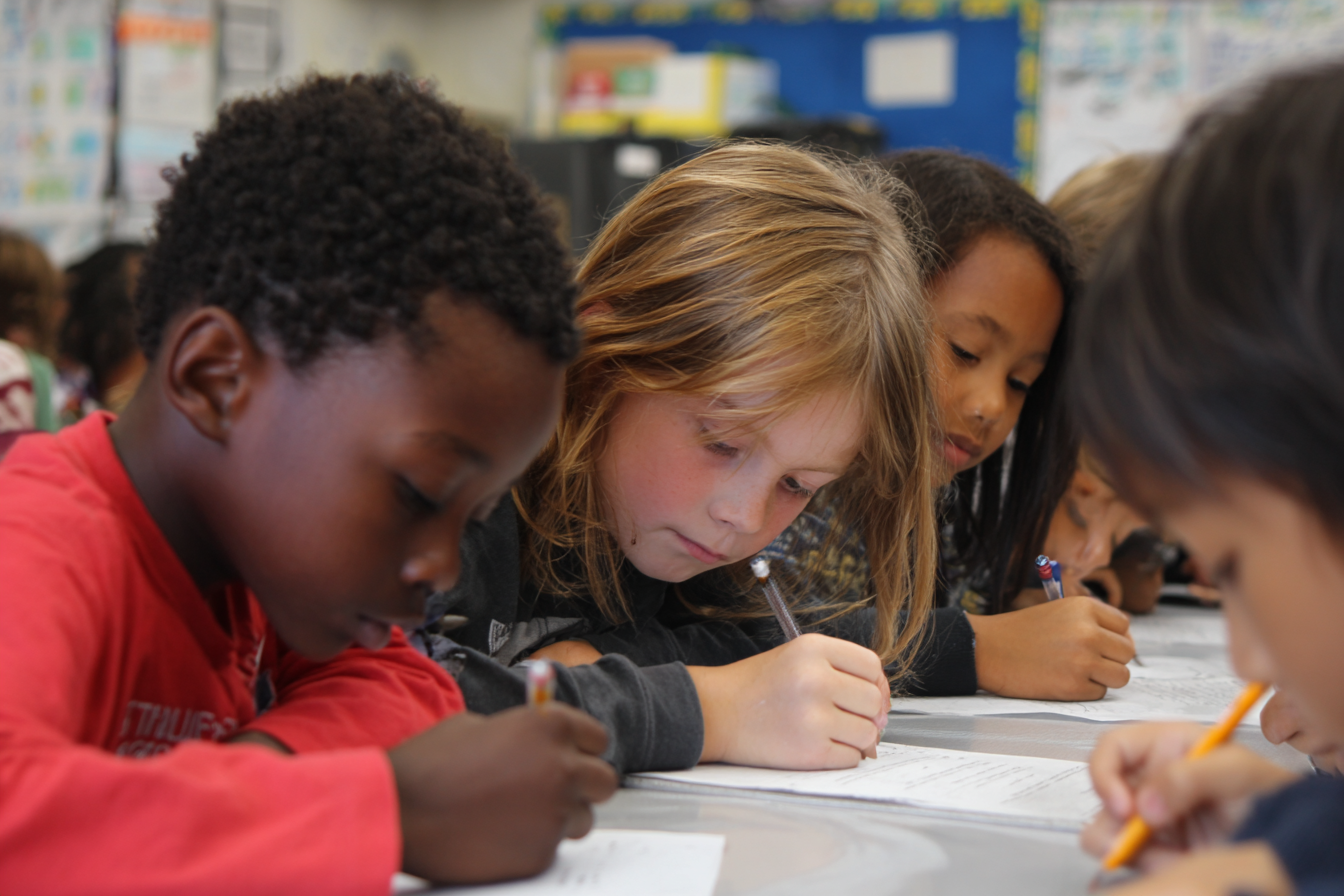Unit Plan 23 (Grade 2 ELA): Writing Narrative Scenes with Temporal Words
Second graders write narrative scenes using actions, feelings, dialogue tags, and transition words. They practice sequencing events with “first, next, then,” add emotion and speech, and use past-tense verbs to craft clear, engaging short stories.

Focus: Actions, feelings, dialogue tags (said/told); transition words
Grade Level: 2
Subject Area: English Language Arts (Writing • Language • Vocabulary)
Total Unit Duration: 5 sessions (one week), 45–60 minutes per session
I. Introduction
Young authors will write one small narrative scene about a real or imagined moment. We’ll rehearse the moment, then write it using temporal (transition) words to keep the sequence clear, actions and feelings to show what happened, and simple dialogue tags like said/told to include talk. Writers will also practice using past-tense irregular verbs (went, had, said, took, made) and choose precise words to make the scene vivid.
II. Objectives and Standards
Learning Objectives — Students will be able to…
- Write a short narrative scene with a beginning, events in order, and a sense of closure, using temporal words (W.2.3).
- Use past-tense irregular verbs correctly in sentences (L.2.1d).
- Choose and use topic-appropriate words and phrases (feelings, vivid verbs, simple dialogue tags said/told) in speaking and writing (L.2.6).
Standards Alignment — CCSS Grade 2
- W.2.3, L.2.1d, L.2.6
Success Criteria — student language
- I can tell my scene in order using words like first, next, then, finally.
- I can show what I did and how I felt.
- I can add a line of dialogue with said or told.
- I can use past-tense verbs correctly (went, had, said…).
- I can end with a closure (how it ended or how I felt at the end).
